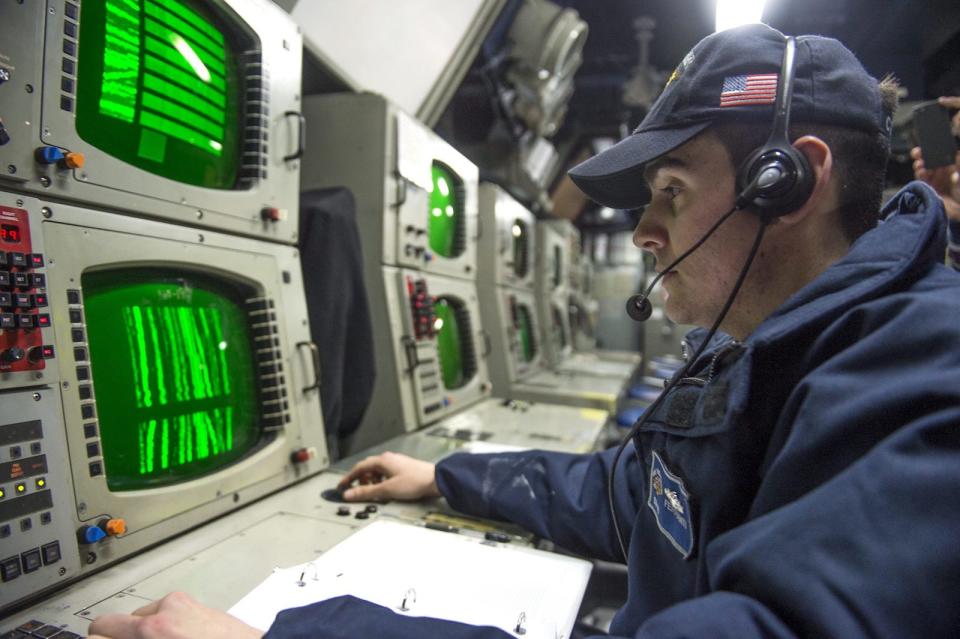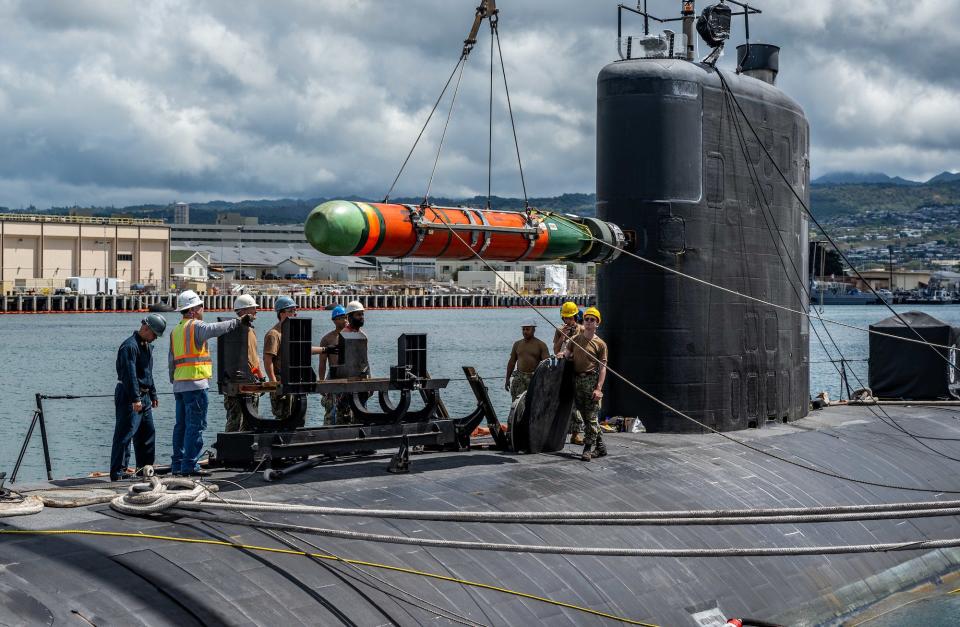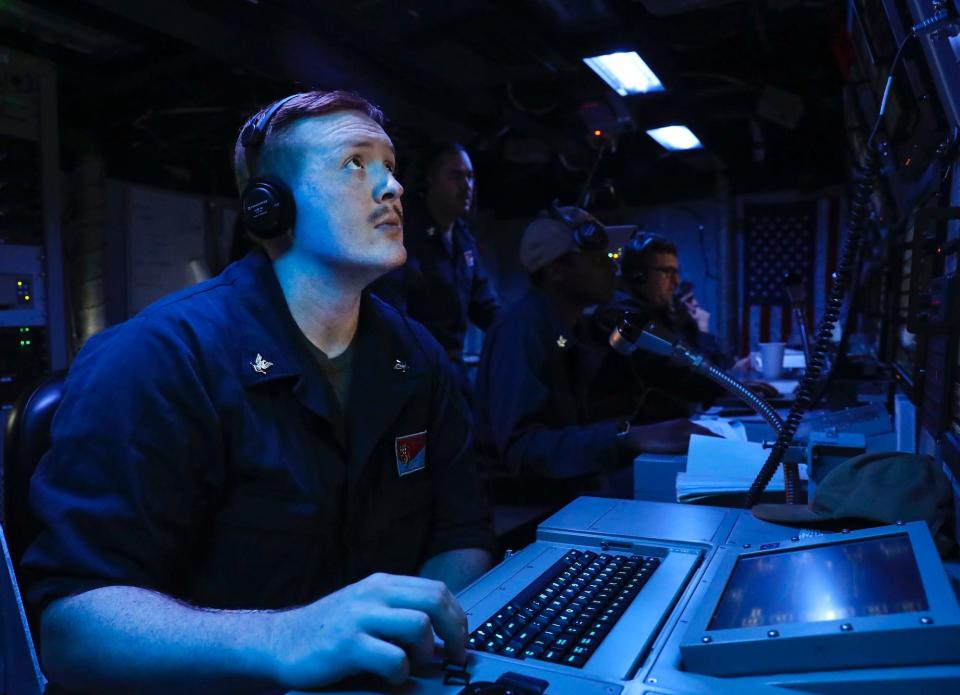US allies want to spend more time practicing to hunt Russian and Chinese subs, top Navy admiral says
US allies want to spend more time and resources on training with the US, the Navy's top admiral said.
An area of focus is anti-submarine warfare, which has gained attention as Russia's and China's sub fleets grow.
US allies and partners want to spend more time training with the US to hunt Russian and Chinese submarines, the US Navy's top officer said Wednesday.
Asked about what kinds of operations offered the best opportunities to work with other navies, Adm. Michael Gilday, chief of US naval operations, told a virtual audience at the West 2021 conference that many of those forces want to focus more on anti-submarine warfare.
"Probably at least once a week I'm talking with a key ally or partner," Gilday said. "What I'm seeing is a very high interest in not just talking about some of the more consequential missions that we have - let's say, anti-submarine warfare against an advancing threat, not only from Russia but also from China."
"That has heavy focus," Gilday said, "and I welcome it, not only in terms of operating with us but also in terms of what different partner nations and allies are actually putting their resources against."

The US Navy's focus on anti-submarine warfare waned after the Cold War, but ASW has regained attention in recent years, as Russia and China field larger and more capable submarine fleets.
Russia now has roughly 60 subs, including new attack and ballistic-missile submarines. Gilday and other Navy leaders have warned about those subs, some armed with new land-attack cruise missiles, spending more time near US coasts, which the Navy is training to counter.
Gilday's comments came days after NATO navies began Dynamic Mongoose, an annual ASW exercise held around Iceland, the UK, and Norway - waters through which Russian subs have to sail to reach the Atlantic.
NATO navies have their own advanced platforms - including the US-built P-8 Poseidon aircraft, purchased by Norway, the UK, and Germany - and "contribute significantly" to ASW operations, the top US Navy commander in Europe has said.
"Anti-submarine warfare is challenging by nature and requires much advanced training and coordination between sea and air units," Rear Adm. Rune Andersen, chief of the Norwegian navy, told High North News this week.

Anti-submarine warfare is also a growing focus in the Indo-Pacific, where submarines have proliferated in recent years, led by China's rapidly growing undersea fleet.
China had 60 submarines in operation in 2020, including 50 diesel-powered attack subs. China's conventional and nuclear-powered subs are considered inferior to US subs, but they do have features that concern US commanders.
China's six ballistic-missile submarines are its "first credible sea-based nuclear deterrent," according to the Pentagon's most recent report on the Chinese military. China is reportedly adding longer-range missiles to those subs.
The Chinese sub fleet's size would make it hard to track in a conflict, and China "will likely maintain between 65 and 70 submarines through the 2020s," the Pentagon report said.
Satellite imagery published late last year showed expansion at the shipyard where China's nuclear-powered subs are built.

China has developed ships and aircraft designed for ASW, and they would benefit from the limitations on submarine operations around the first island chain, which includes Japan and Taiwan.
But Chinese ASW capabilities are still behind those of the US and Japan, Bryan Clark, a naval-warfare expert at the Hudson Institute and a former submarine officer, told Insider earlier this year.
US allies in the region are bolstering their own ASW capabilities. Many are pursuing new submarines. Australia, India, South Korea, and New Zealand have bought P-8s, and Canadian, Australian, Japanese, Singaporean, and Indian forces have done anti-submarine-warfare exercises with the US Navy this year.
"The ability for us to detect, localize and track sub-surface contacts allows us to have the advantage of knowing where our adversary's submarines are," Ryan Markham, senior chief sonar technician on the destroyer USS Howard, said during drills near Hawaii this month.
Read the original article on Business Insider

